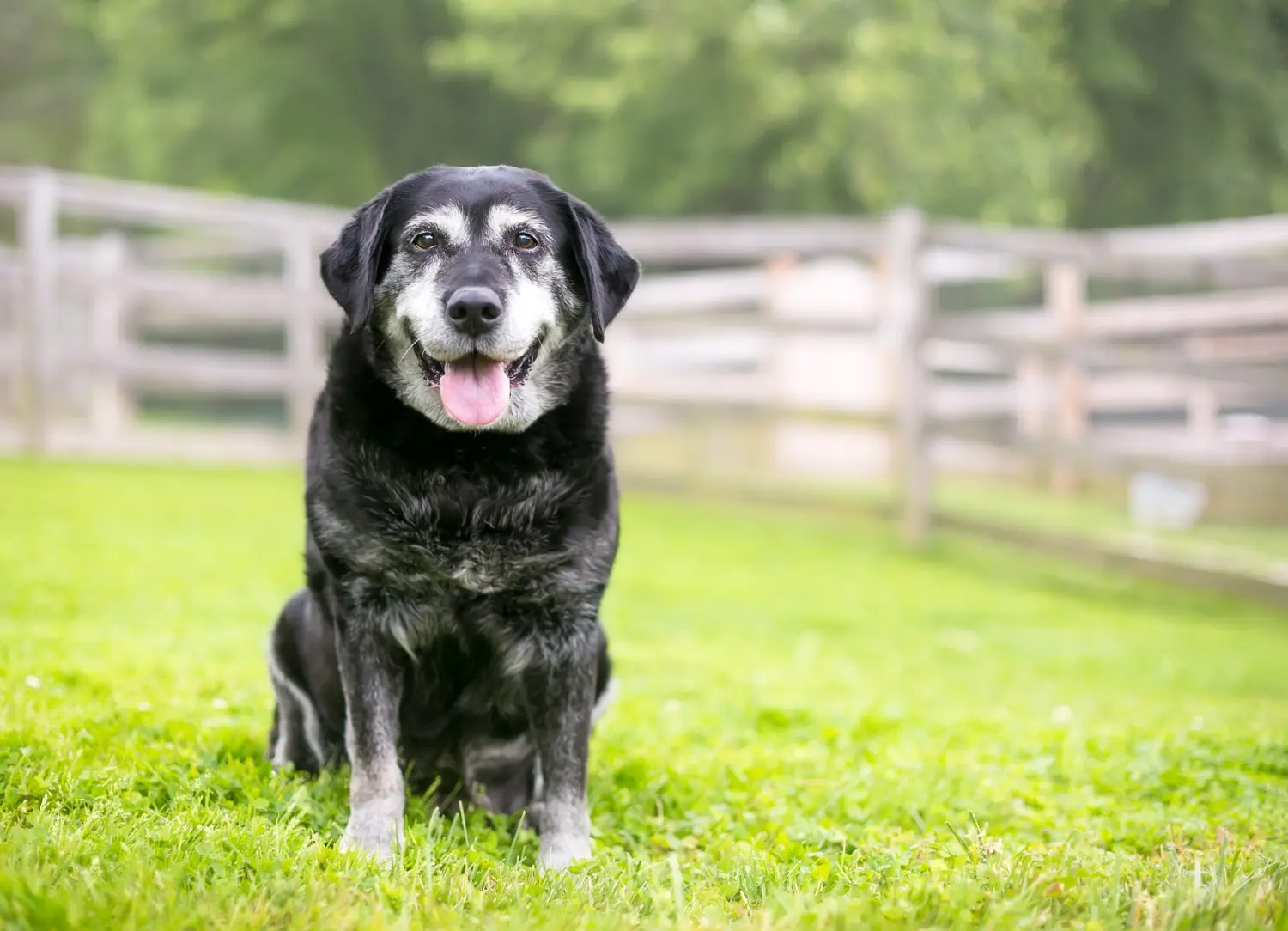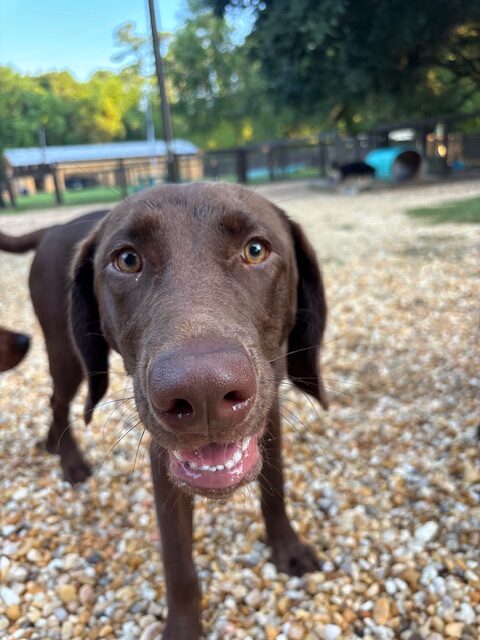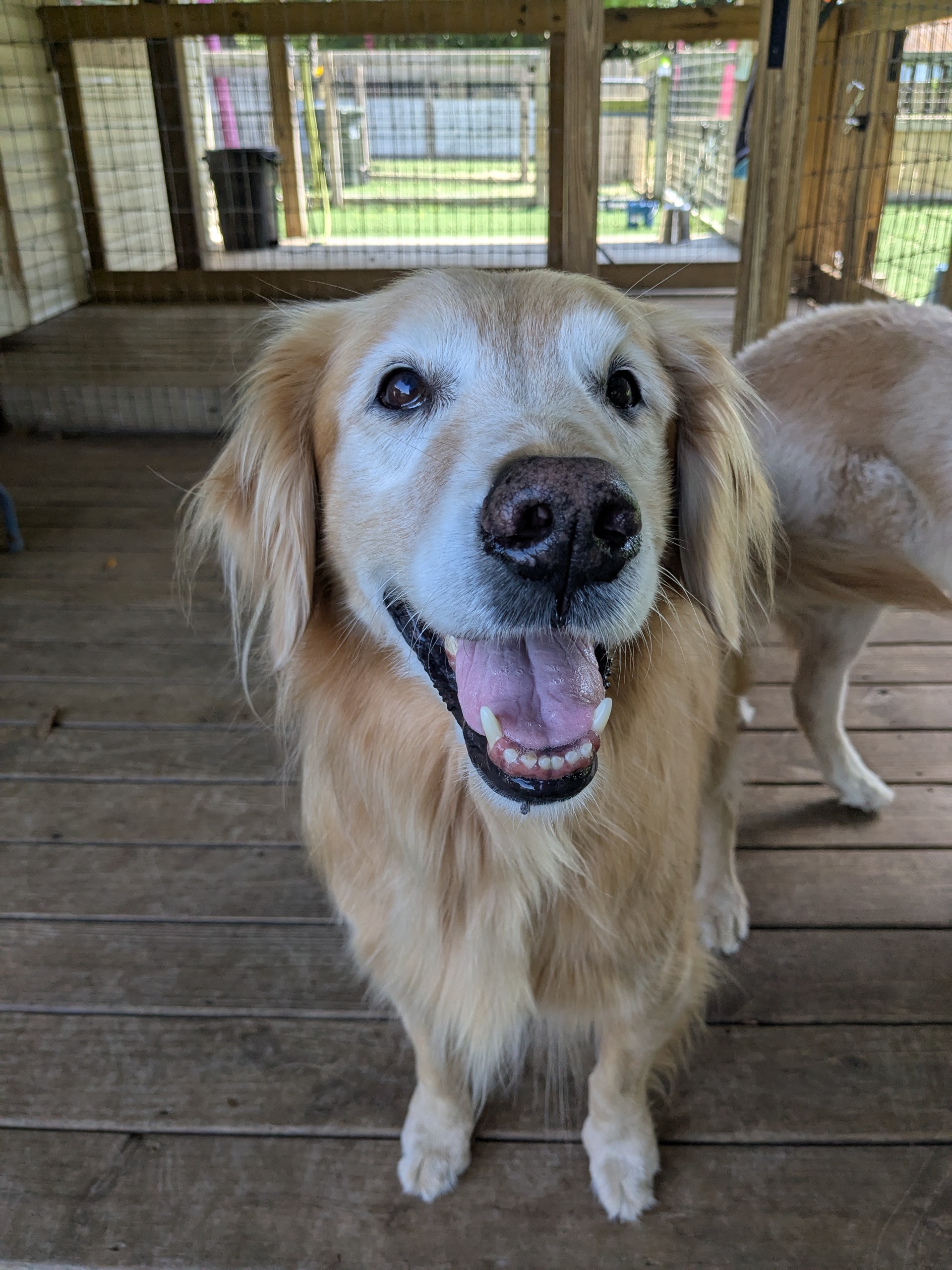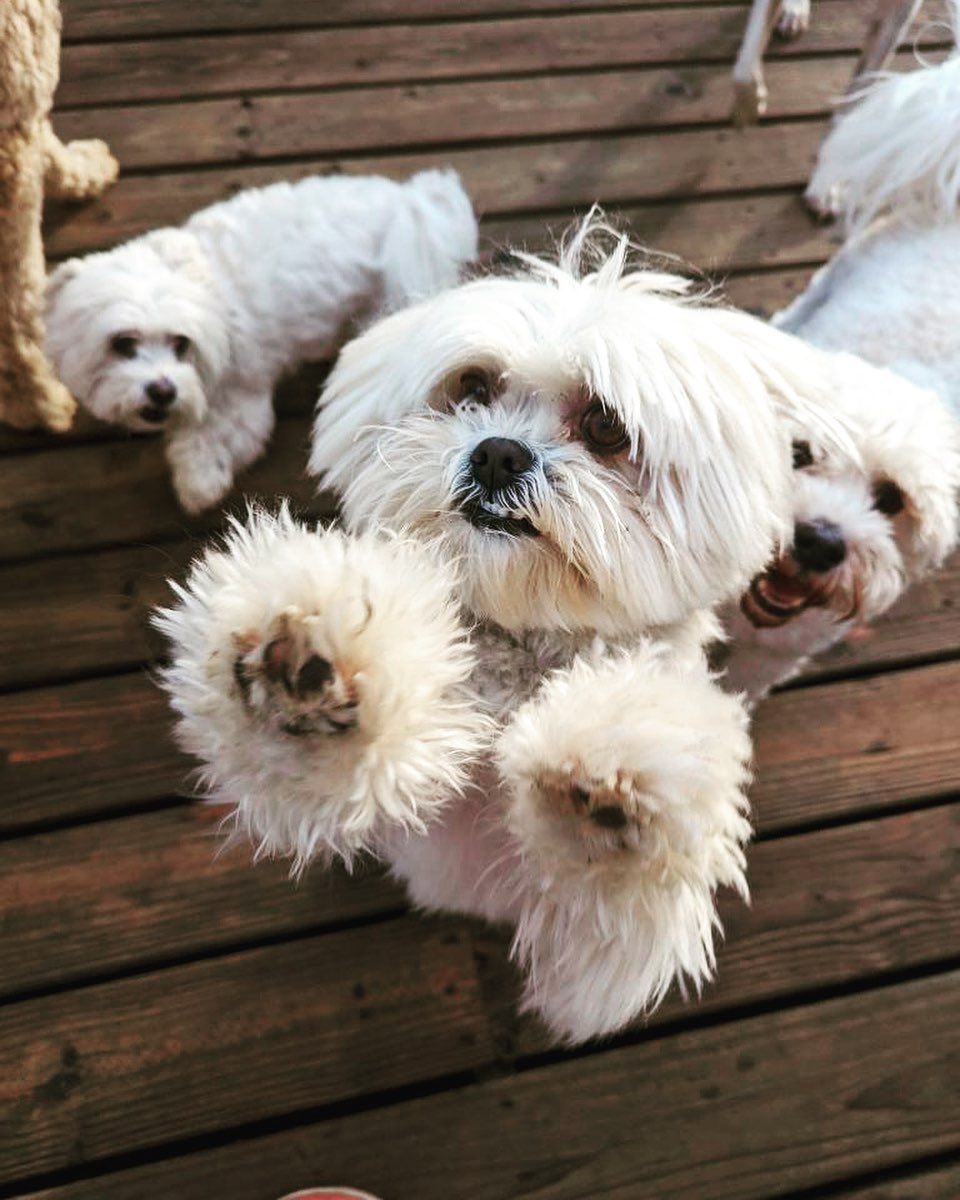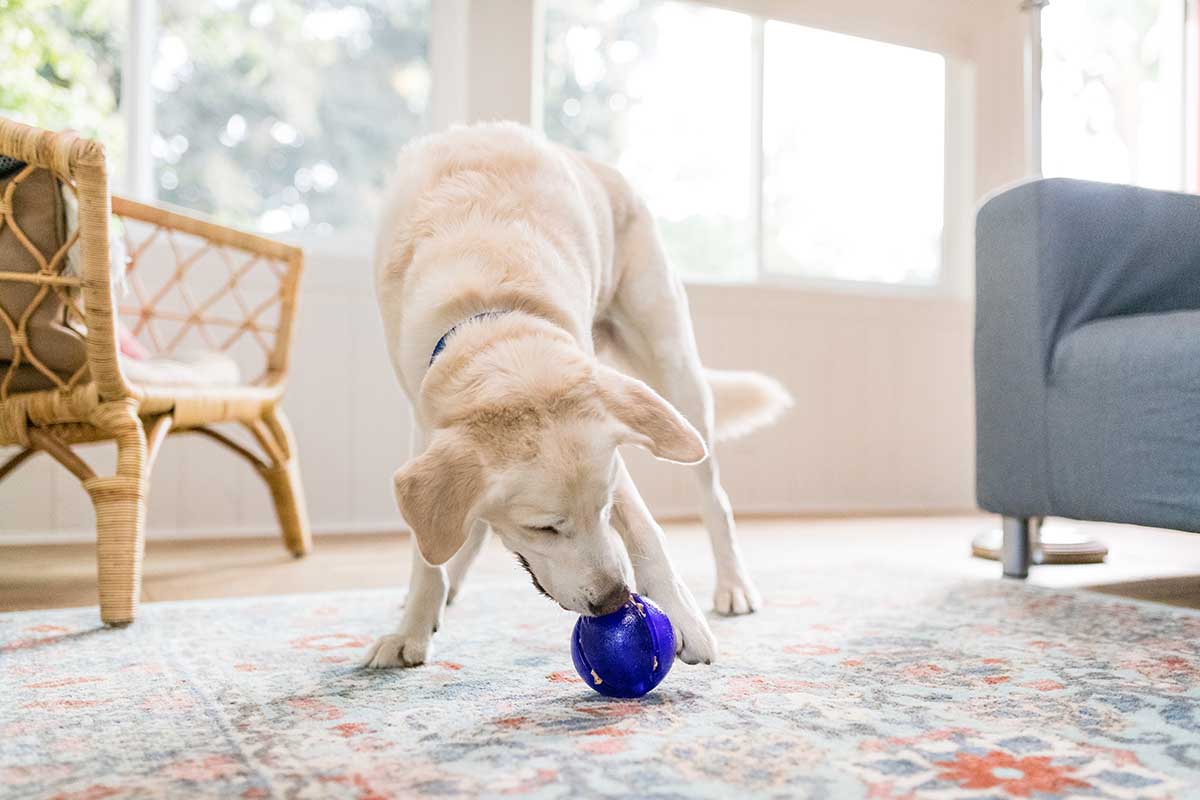Beyond the “One Dog Year Equals Seven Human Years” Myth
If you’ve ever wondered how old your dog is in human years, chances are you’ve heard the classic formula: multiply your dog’s age by seven. While this quick math trick has become a common way to estimate age, it’s far from accurate. In reality, dogs mature much faster in their early years and then age more slowly as time goes on. Factors like breed, size, and genetics all play a major role in determining how dogs age and what they need at different stages of life. Understanding those differences can help you offer the best possible care, whether you’re raising a bouncy puppy or cherishing the golden years with your senior best friend.
Puppyhood: The Fast Lane to Growth
The puppy phase is one of the most exciting and adorable chapters in a dog’s life. But don’t let those floppy ears and wagging tails fool you—puppies grow at an incredibly fast pace. During this stage, which typically lasts from birth through the first year of life, dogs are learning basic social behaviors, developing physical strength, and adjusting to the world around them. This is a critical window for training, bonding, and setting healthy routines. Socialization is especially important during these early months, as it helps shape how a dog interacts with people, other animals, and unfamiliar environments later in life.
At this stage, dogs are equivalent to human toddlers and young children. They require consistency, positive reinforcement, and lots of patience. Since their brains and bodies are developing rapidly, they also need plenty of sleep, mental stimulation, and opportunities to explore safely. Puppyhood is intense, but it lays the groundwork for a lifetime of trust and companionship.
Adolescence: Energy, Independence, and a Bit of Sass
As dogs move past their first birthday, they enter adolescence—a phase that can feel just as wild as it sounds. This is the time when many dogs begin to test boundaries, show more independence, and sometimes regress in behaviors they seemed to have mastered as puppies. Think of it as the teenage phase in human terms. It’s a time filled with energy, curiosity, and occasional rebellion.
During adolescence, dogs often experience a second wave of teething, a surge in energy, and heightened sensitivity to changes in routine. This is when structure and consistency become more important than ever. Training efforts should continue, focusing on reinforcing good behavior, managing impulse control, and providing outlets for all that extra energy.
This is also the point where some dogs may begin to show signs of their adult personality. Some become more confident, while others may still be figuring out their place in the world. Patience, continued socialization, and proper outlets for physical and mental stimulation can help ease the transition and set the tone for a well-behaved adult dog.
Adulthood: The Prime of a Dog’s Life
By the age of two to five years, most dogs are considered to be in the prime of their life. Their bodies have matured, their personalities are more settled, and their behavior tends to be more predictable. While they may still enjoy playtime and adventure, adult dogs often develop a balanced energy level that allows for calmer, more focused behavior.
This is a time when a dog’s lifestyle should be tailored to their specific needs and preferences. Some dogs thrive on daily jogs, while others are content with leisurely walks and games of fetch. Nutrition, regular vet care, and mental enrichment remain important during these years, as does maintaining a strong bond through shared activities and routines.
For many pet parents, the adult phase is the most enjoyable—your dog knows the rules, you understand their quirks, and the relationship deepens into something truly special. It’s the stage when all the hard work from puppyhood and adolescence pays off.
Senior Years: Slowing Down, Not Giving Up
Dogs are considered seniors at different ages depending on their size. Small breeds tend to live longer and might not be considered seniors until eight or nine years old, while large breeds can begin showing signs of aging as early as six. Regardless of the timeline, senior dogs often experience physical and behavioral changes that require a little extra care and attention.
You may notice your dog slowing down, sleeping more, or being less enthusiastic about long walks. They might develop stiffness in their joints or become more sensitive to temperature changes. Cognitive changes can also appear, with some dogs becoming more confused or anxious in new situations. But just because your dog is aging doesn’t mean their quality of life has to suffer. With the right support, senior dogs can continue to live joyful, active lives.
This is where things like orthopedic beds, joint supplements, and modified exercise routines can make a big difference. Senior dogs benefit from regular vet checkups, softer food options, and enrichment activities that stimulate their mind without overexerting their body. Most importantly, they still need your love, time, and companionship.
Why Knowing Your Dog’s Age Matters
Understanding what stage of life your dog is in isn’t just interesting—it’s essential. Each life stage comes with different needs, from dietary adjustments and vet care to exercise levels and emotional support. Knowing how your dog’s age impacts their behavior and health helps you make informed decisions, prevent potential issues, and offer the best life possible for your furry companion.
Age also plays a big role in how dogs interact with others. Puppies may benefit from playful environments where they can learn social skills, while older dogs may prefer calmer interactions and a bit more personal space. Recognizing and respecting those needs leads to better relationships, both at home and in settings like dog daycare or group walks.
Adapting Care with Age: How Seapaws Supports Every Stage
At Seapaws, we know that one-size-fits-all doesn’t work when it comes to dog care. A high-energy adolescent doesn’t need the same experience as a senior who’s looking for comfort and gentle play. That’s why we take the time to understand each dog’s age, personality, and preferences to provide care that meets them where they are.
Whether your pup is learning the ropes as a young explorer or easing into retirement with a little more rest, our team is here to provide support, stimulation, and companionship every step of the way. We work closely with pet parents to create an environment where dogs of all ages feel safe, happy, and loved.
Every Stage Is a Gift
Dogs give us their whole lives, one tail wag and belly rub at a time. Each stage brings its own joys and challenges, from the chaos of puppyhood to the calm wisdom of a gray-muzzled senior. The more we understand how our dogs grow and age, the better we can meet their needs and cherish every moment we have with them.
At the end of the day, age is just a part of the story. The real magic lies in the bond we build with our dogs, through every stage and every season. Whether your pup is starting their journey or enjoying the golden years, they deserve care that matches their age, their spirit, and their place in your heart.



